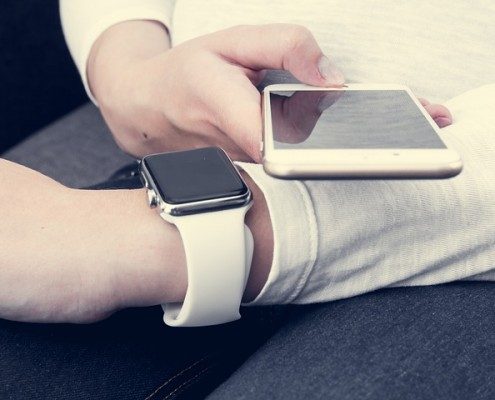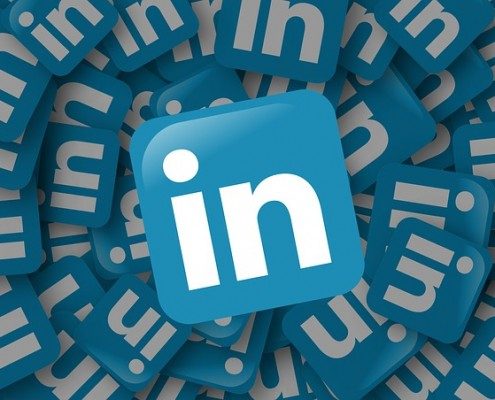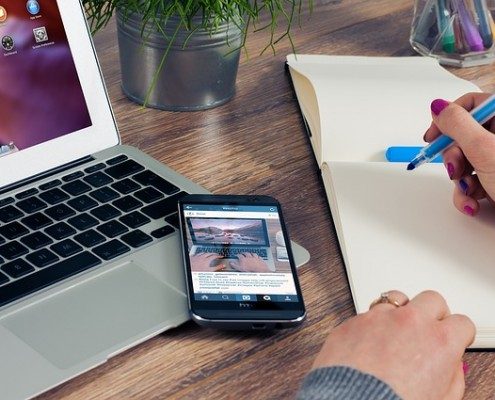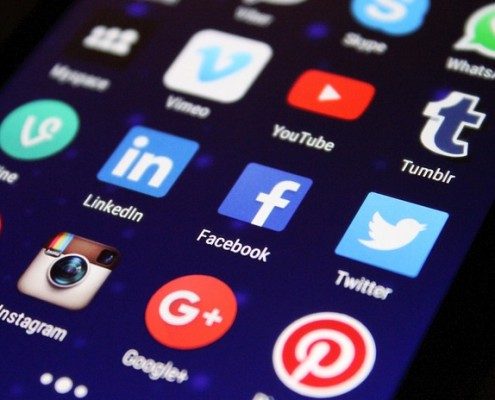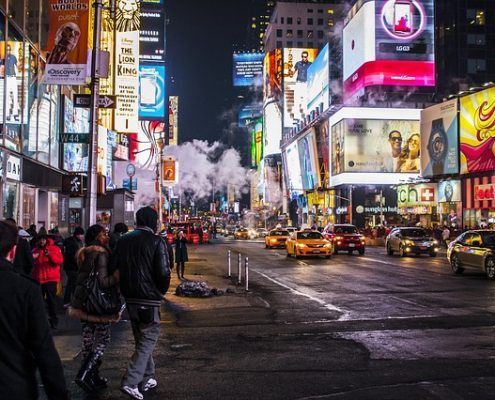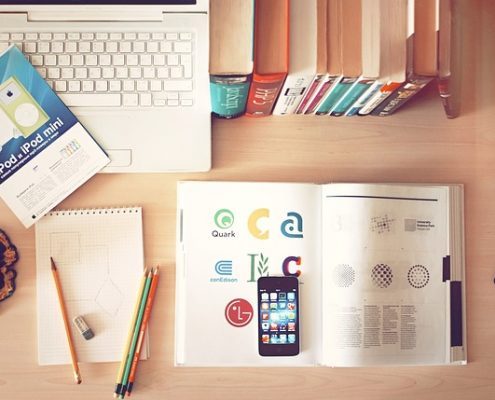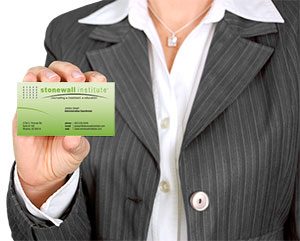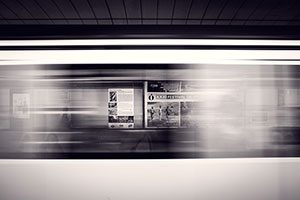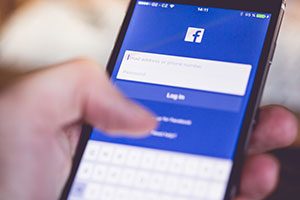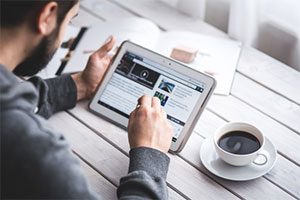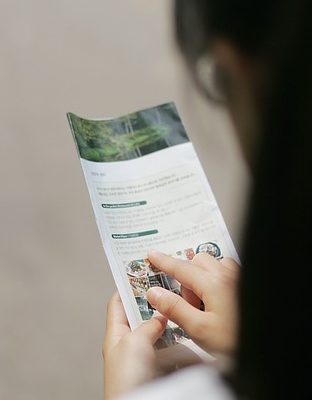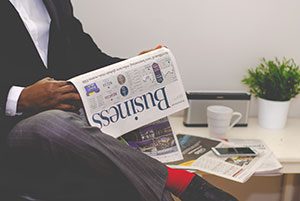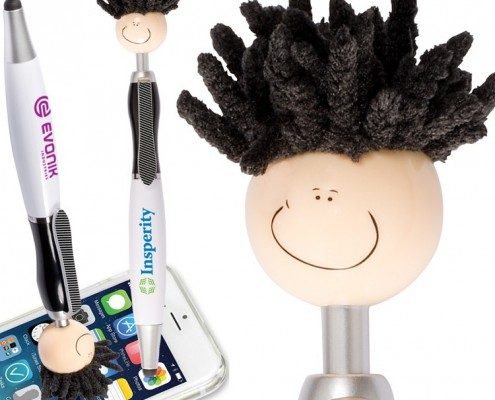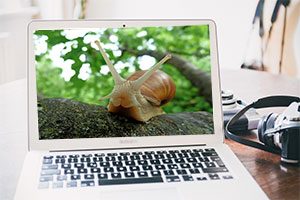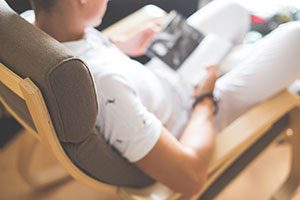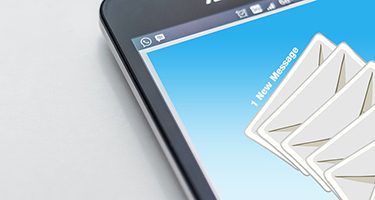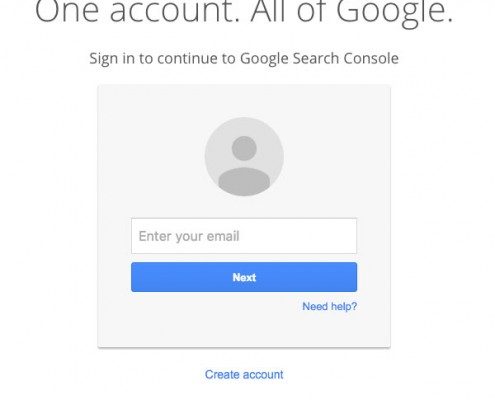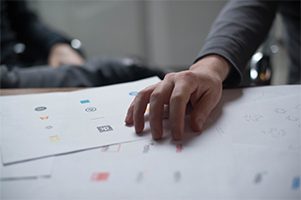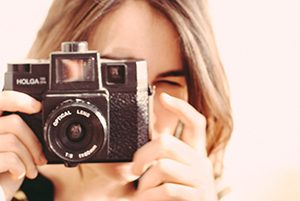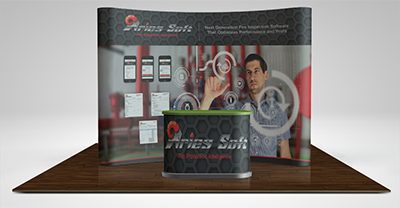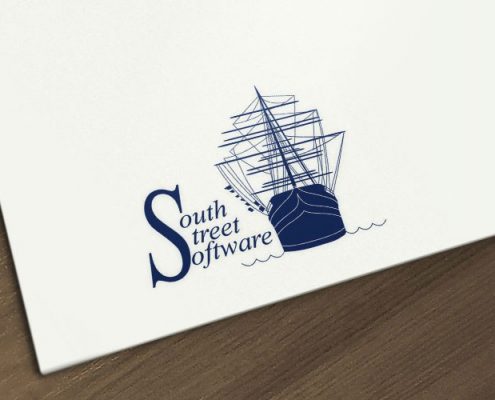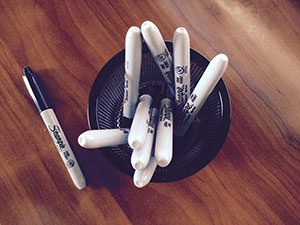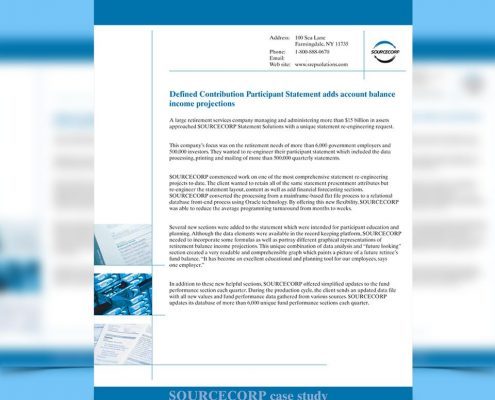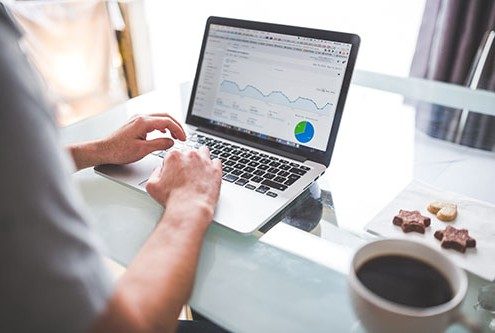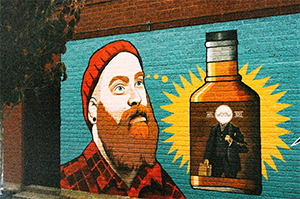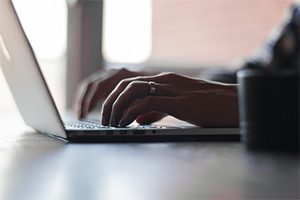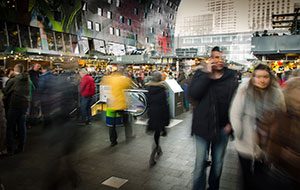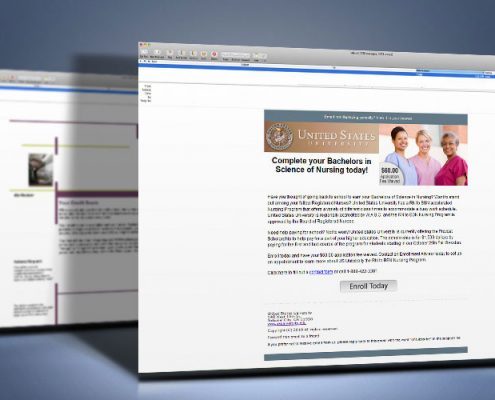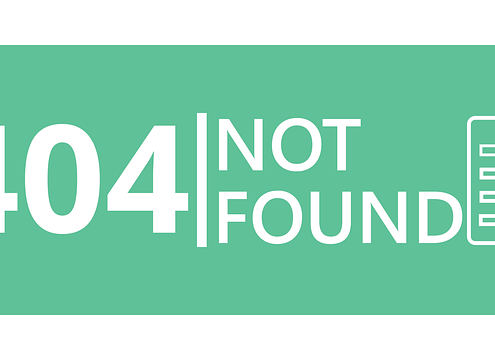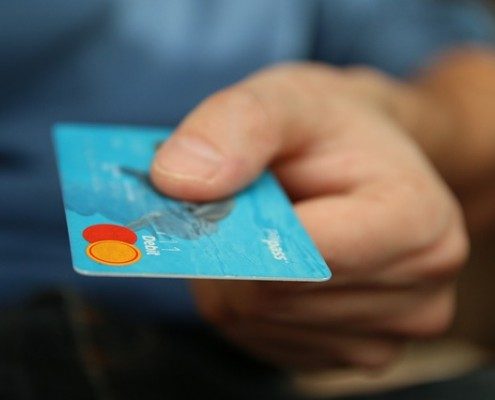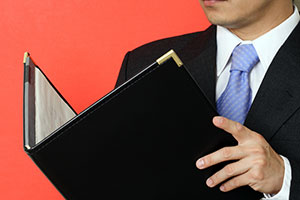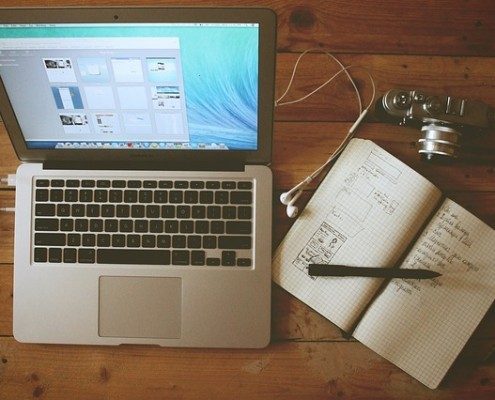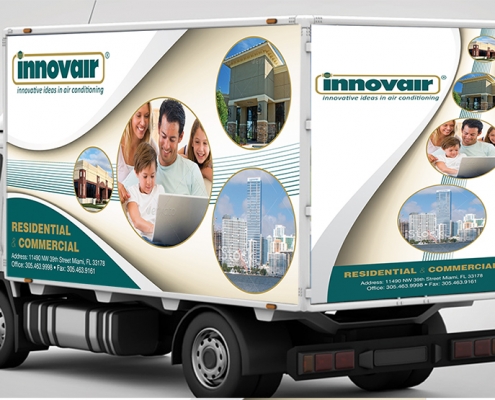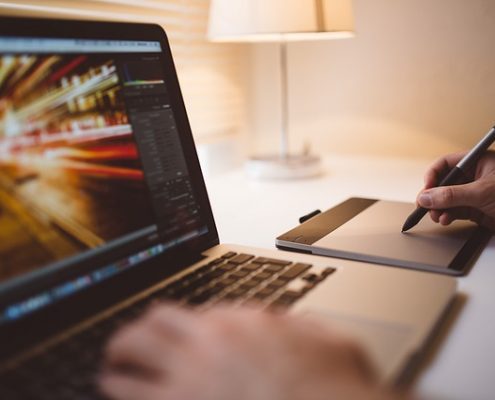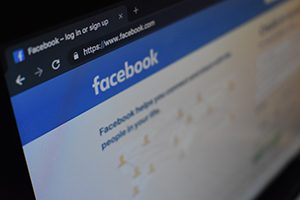In today’s visually-driven world, having captivating graphic design is essential for any business looking to make a lasting impression.
Hiring a professional graphic designer can elevate your brand and set you apart.
From creating memorable logos to eye-catching marketing materials, a skilled graphic designer can bring your vision to life.
This blog post serves as a comprehensive guide to help you navigate hiring a professional graphic designer for your business, ensuring that you find the perfect creative partner to help your brand shine.
The Ultimate Guide to Hiring a Logo Designer: Unlocking Success
A logo is the face of a company. It’s the first thing a potential customer will see and it’s what they will remember.
A great logo can make a business stand out from the competition and create a lasting impression.
Hiring a logo designer is an important investment in your brand and can be the difference between success and failure.
However, choosing the right designer can be a daunting task, especially if you’re not familiar with the design process.
In this ultimate guide, we will give you all the information you need to hire a logo designer that will exceed your expectations.
From what to look for in a designer, to the questions you should ask before hiring them, to the design process itself, we’ve got you covered.
So sit back, relax, and get ready to unlock the success of your business with a great logo designer.
1. Why a great logo is crucial for your brand
A great logo is the cornerstone of your brand identity, serving as a visual representation of your company’s values, mission, and offerings.
It is often the first impression that potential customers will have of your business, making it a crucial element in establishing brand recognition and loyalty.
A well-designed logo has the power to convey the essence of your brand in a single glance, communicating professionalism, trustworthiness, and uniqueness.
It sets the tone for your entire brand image and can differentiate you from competitors in a crowded marketplace.
Moreover, a well-crafted logo can be a powerful marketing tool, capable of creating a lasting impact on consumers’ minds.
It serves as a visual anchor for your marketing materials, website, social media profiles, and packaging, ensuring consistency across all touchpoints.
In essence, investing in a great logo is investing in the long-term success and growth of your brand.
It can elevate your business above the competition, build customer trust, and establish a strong foundation for your brand’s visual identity.
2. Assessing your logo design needs
Assessing your logo design needs is a crucial first step in the process of hiring a logo designer.
Before diving into the world of design, take a moment to reflect on your brand identity, target audience, and overall business goals.
Start by defining the purpose of your logo. Are you looking to establish a strong brand presence, evoke certain emotions, or convey specific messages to your audience?
Understanding the core objectives behind your logo design will guide you in selecting the right designer who can bring your vision to life.
Next, consider your target audience. Who are your ideal customers, and what kind of visual elements would resonate with them?
Your logo should be appealing and memorable to your target demographic, so it’s essential to align the design with their preferences and expectations.
Furthermore, think about the scalability and versatility of your logo.
Will it be used across various platforms and mediums, such as websites, social media, print materials, and merchandise?
A well-designed logo should be adaptable and recognizable in different contexts to ensure consistent branding.
By carefully assessing your logo design needs upfront, you set a solid foundation for the hiring process and pave the way for a successful collaboration with a logo designer who can create a logo that truly represents your brand.
3. Understanding the different types of logo designers
When it comes to hiring a logo designer, it’s essential to understand the different types of designers available in the market.
Each type of designer brings a unique set of skills, experiences, and styles to the table, and knowing the differences can help you make an informed decision that aligns with your branding goals.
1. Freelance Logo Designers:
Freelance logo designers are independent professionals who work on a project-by-project basis. They often have diverse portfolios showcasing their creativity and versatility. Hiring a freelance designer can offer flexibility, direct communication, and potentially cost savings compared to design agencies.
2. Design Agencies:
Design agencies are companies that specialize in providing a range of design services, including logo design.
They typically have a team of designers with varying expertise and may offer additional services such as brand strategy and marketing collateral design.
Working with a design agency can provide a comprehensive design approach and access to a wider range of resources.
3. Online Design Platforms:
Online design platforms connect clients with a pool of freelance designers through a centralized platform.
These platforms often offer design contests or project-based collaborations, allowing clients to choose from multiple design concepts.
While online design platforms can provide a variety of design options, it’s important to research the platform’s reputation and quality standards.
4. In-House Designers:
Some companies choose to hire in-house designers to work exclusively on their branding and design projects.
In-house designers are fully integrated into the company’s operations and culture, allowing for close collaboration and consistent branding across all touchpoints.
Hiring an in-house designer can be beneficial for companies with ongoing design needs and a desire for in-depth brand expertise.
By understanding the different types of logo designers available, you can tailor your search and selection process to find the best fit for your logo design project and set the stage for a successful collaboration.
4. Factors to consider when hiring a logo designer
When hiring a logo designer, there are several key factors to consider to ensure you find the perfect fit for your project.
Firstly, expertise and experience should be at the top of your list. Look for a designer who has a strong portfolio showcasing a variety of styles and projects. This will give you an idea of their skills and creative abilities.
Secondly, communication is essential.
Make sure the designer you choose is someone you can easily communicate with and who understands your vision for the logo.
Clear and open communication throughout the design process is crucial for achieving the desired result.
Another important factor to consider is budget.
Determine how much you are willing to invest in your logo design and find a designer whose rates align with your budget.
Remember that a well-designed logo is an investment in your brand’s identity and should not be undervalued.
Lastly, consider the timeline for the project. Make sure the designer you choose can deliver within your desired timeframe and is available to make any necessary revisions or adjustments.
A logo is a crucial element of your brand, so take the time to find a designer who ticks all the boxes and can help you unlock success through a memorable and impactful logo design.
5. Where to find and vet logo designers
Finding and vetting logo designers can be a crucial step in ensuring the success of your branding efforts. There are several avenues you can explore to discover talented designers who can bring your vision to life.
One of the most common ways to find logo designers is through freelance platforms such as Upwork, Fiverr, Behance, or Freelancer.
These platforms allow you to browse through portfolios, read reviews, and compare prices to find a designer that fits your budget and style preferences.
Another option is to seek recommendations from fellow business owners, colleagues, or industry professionals who have worked with designers in the past.
Personal referrals can be invaluable in finding a reliable and skilled designer.
You can also explore design communities and websites such as Dribbble, Behance, or 99designs to discover talented designers and view their portfolios.
These platforms showcase a wide range of design styles and can help you find a designer whose work resonates with your brand identity.
When vetting logo designers, it’s important to review their portfolio, check references, and communicate your expectations clearly.
Look for designers who have experience creating logos for businesses similar to yours and who demonstrate creativity, professionalism, and a good understanding of branding principles.
By taking the time to carefully research and vet logo designers, you can find a talented professional who can help you create a logo that effectively represents your brand and sets you up for success.
6. Questions to ask potential logo designers
When it comes to hiring a logo designer, asking the right questions is crucial to ensure that you find the perfect fit for your branding needs. Here are some key questions to consider asking potential logo designers:
1. Can you walk me through your design process?
Understanding the designer’s workflow and approach to creating logos will give you insight into their creative process and how they will handle your project.
2. What is your experience with creating logos in my industry?
It’s important to know if the designer has experience working with businesses similar to yours and if they understand the specific requirements and trends within your industry.
3. Can you provide examples of your previous logo designs?
Reviewing the designer’s portfolio will give you a sense of their style, creativity, and overall design aesthetic. Make sure their previous work aligns with your vision for your logo.
4. How many revisions are included in your design package?
Clarifying the number of revisions included in the design package will help manage expectations and ensure that you are satisfied with the final logo design.
5. What is your timeline for completing the logo design?
Understanding the designer’s timeline for completing the project will help you plan accordingly and ensure that the logo is delivered within your desired timeframe.
6. How do you handle feedback and revisions during the design process?
Communication is key when working with a logo designer.
Make sure you understand how feedback and revisions will be handled to ensure a smooth and collaborative design process.
By asking these questions to potential logo designers, you can make an informed decision and choose a designer who will bring your brand vision to life effectively.
7. Setting a budget for your logo design project
Setting a budget for your logo design project is a crucial step in the hiring process.
Before diving into the world of logo design, it’s essential to determine how much you are willing to invest in this key aspect of your brand identity.
Your logo is a visual representation of your business and will be used across various platforms, so it’s important to allocate a budget that reflects the value of this asset.
Consider the scope of your project and the level of expertise you require.
A higher budget may attract more experienced designers who can deliver a premium logo design tailored to your specific needs.
On the other hand, if you are working with a limited budget, you may need to prioritize certain elements of the design or explore alternative options such as hiring a freelance designer or using a logo design tool.
It’s also important to do some research to understand the typical costs associated with logo design services.
Gathering quotes from multiple designers or agencies can help you gauge the market rate and make an informed decision.
Remember that investing in a well-designed logo can have a significant impact on your brand’s success, so allocating a reasonable budget is a worthwhile investment in the long run.
8. The logo design process explained
The logo design process is a crucial aspect of branding that can significantly impact the success of your business.
Understanding the steps involved in creating a logo can help you make informed decisions and ensure that the final design accurately represents your brand.
The process typically begins with a creative brief, where you provide the designer with information about your business, target audience, and design preferences.
This helps set the direction for the design and ensures that the designer has a clear understanding of your brand identity.
Next, the designer will conduct research to gather inspiration and ideas for the logo.
This may involve studying your industry, competitors, and current design trends to ensure that the logo is both unique and relevant to your brand.
Once the research phase is complete, the designer will begin sketching and conceptualizing ideas for the logo.
This stage is crucial for exploring different design concepts and refining the overall direction of the logo.
After the initial concepts are developed, the designer will create digital drafts of the logo using design software.
This allows for further refinement and experimentation with colors, fonts, and layouts to create a polished final design.
Throughout the process, collaboration and feedback between you and the designer are essential to ensure that the final logo meets your expectations and effectively communicates your brand message.
By understanding the logo design process, you can work more effectively with a logo designer and achieve a logo that effectively represents your brand and resonates with your target audience.
9. Providing feedback and revisions
Once you receive the initial logo designs from your designer, it’s crucial to provide clear and constructive feedback.
Remember, communication is key in ensuring that your vision is accurately translated into the final logo design.
Start by identifying aspects of the design that you like and explain why they resonate with you.
Equally important is to point out elements that don’t align with your brand identity or preferences. Be specific in your feedback to guide the designer in the right direction.
When requesting revisions, be mindful of the designer’s time and effort.
Avoid vague instructions and instead offer detailed suggestions on how the design can be improved. This could include color adjustments, font changes, or overall layout modifications.
It’s also beneficial to set a reasonable number of revision rounds in your initial agreement to avoid any misunderstandings later on.
By maintaining open and transparent communication throughout the revision process, you can work collaboratively with the designer to refine the logo until it perfectly captures your brand essence.
10. Finalizing your logo design and next steps
Finalizing your logo design is a crucial step in the branding process. Once you have received concepts from your logo designer, take the time to review each one carefully.
Consider how well each design aligns with your brand identity, target audience, and industry.
Pay close attention to elements such as color, typography, and symbolism.
It’s essential to gather feedback from relevant stakeholders, such as team members, clients, or focus groups. Their perspectives can provide valuable insights and help you make an informed decision.
Remember that your logo is a visual representation of your brand, so it’s important to choose a design that resonates with your audience and communicates your values effectively.
Once you have selected a final logo design, work closely with your designer to refine any details and ensure that the design meets your expectations.
Request different file formats for versatility in various applications, such as print, digital, or promotional products.
After finalizing your logo design, the next steps involve implementing it across your branding materials.
Update your website, social media profiles, business cards, and any other touchpoints with the new logo.
Consistency is key to building brand recognition and trust among your audience.
Celebrate this milestone in your branding journey and embrace your new logo as a symbol of your business’s identity and values.
Remember, a well-designed logo is a powerful tool that can help you stand out in a competitive market and leave a lasting impression on your customers.
We trust that this guide has provided you with valuable insights into the process of hiring a logo designer.
Your logo is a crucial element of your brand identity, and finding the right designer is essential to achieving success in this aspect of your business.
By following the steps outlined in this guide, you can make informed decisions and ensure that the designer you choose aligns with your vision and goals.
Remember, a great logo can leave a lasting impression on your audience, so invest the time and effort into finding the perfect designer for your needs.
Good luck in unlocking your success through the creation of a remarkable logo!
What to do next…
- Leave a comment
- Share this awesome post and make us extremely happy
- Get in touch with us about our services
Thank you for reading our post!

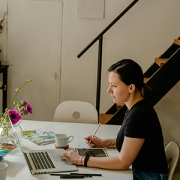


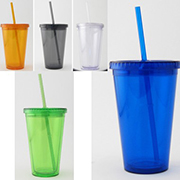

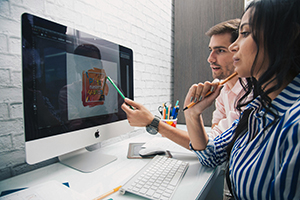
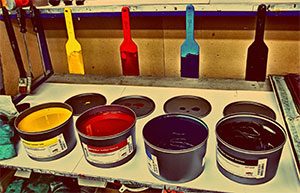

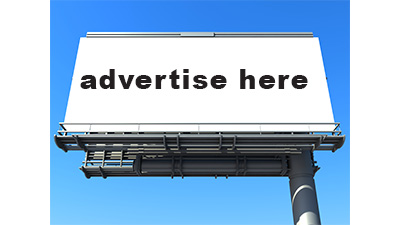
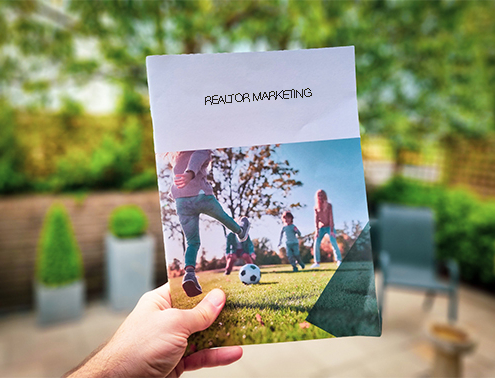
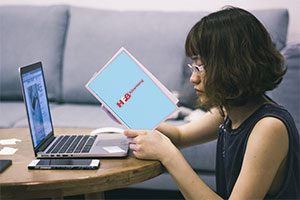

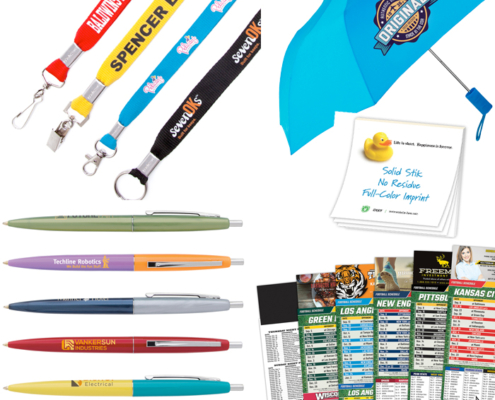

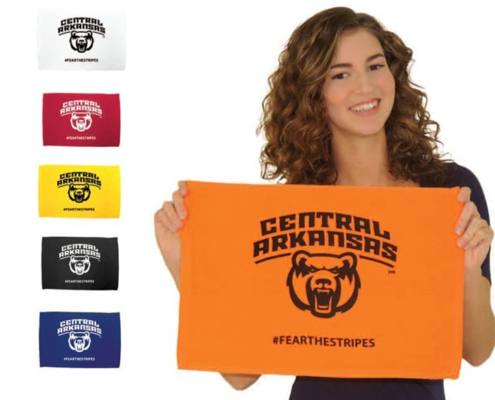


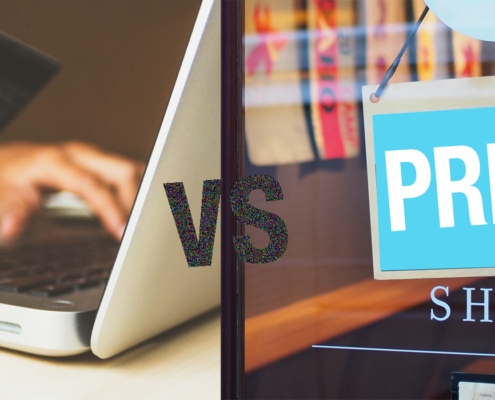

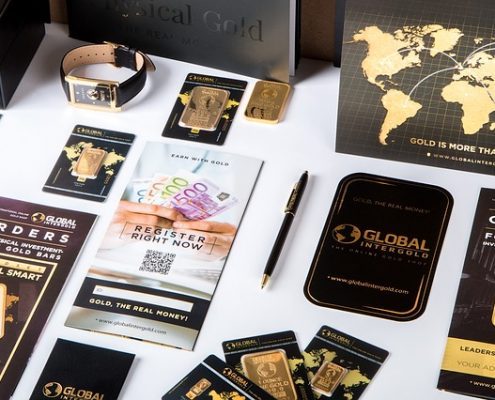
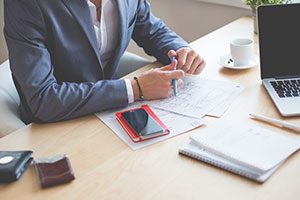

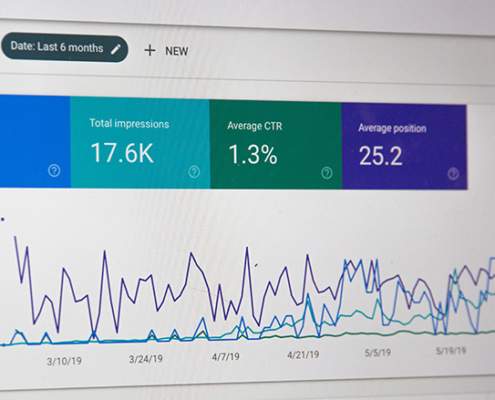


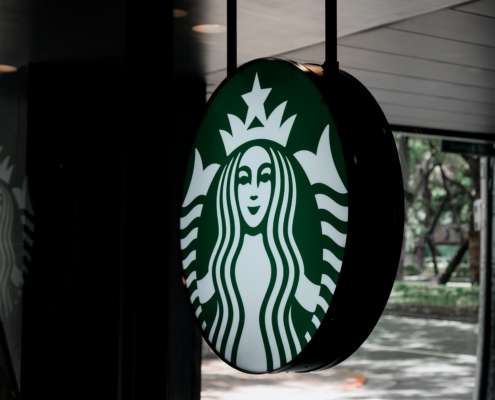


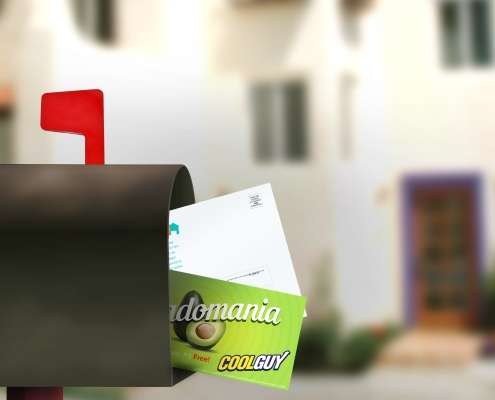

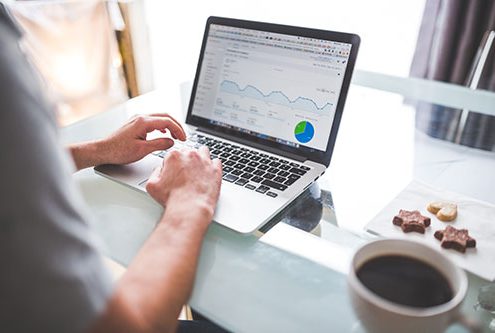


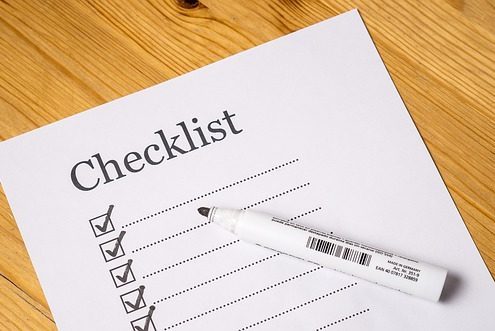




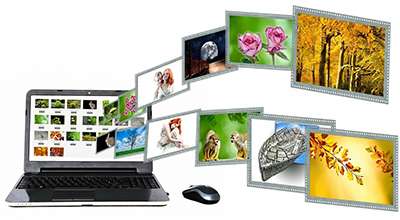
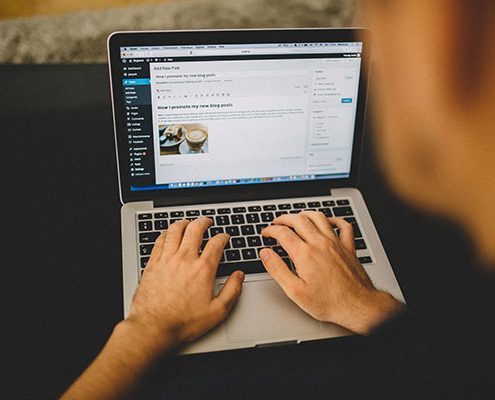

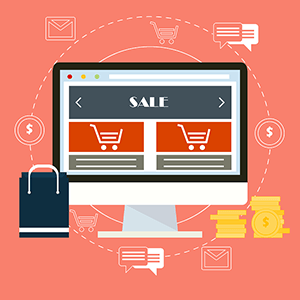
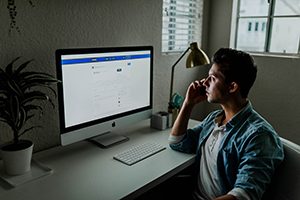
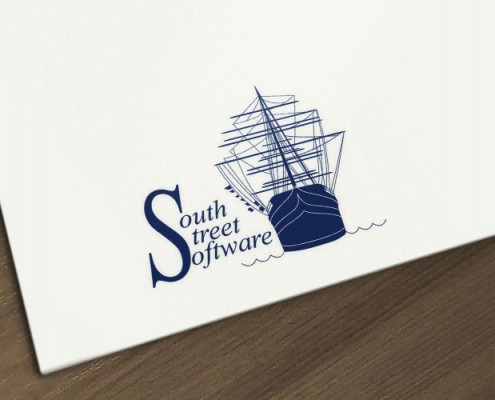
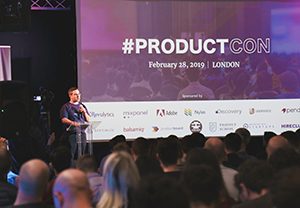
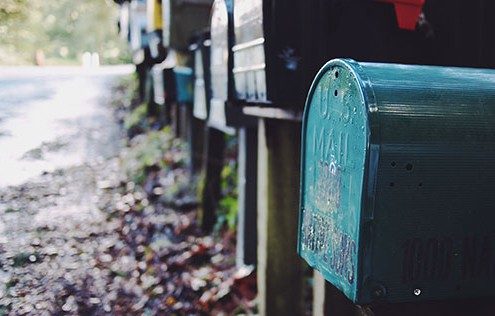

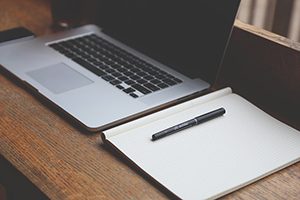



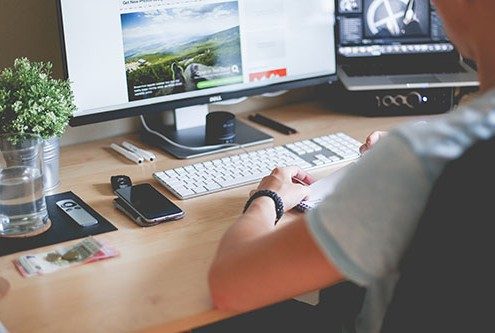

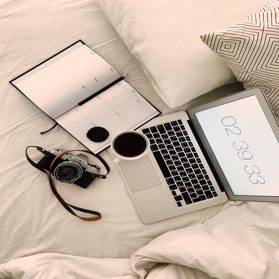
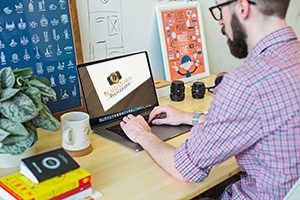 HFB Advertising
HFB Advertising







